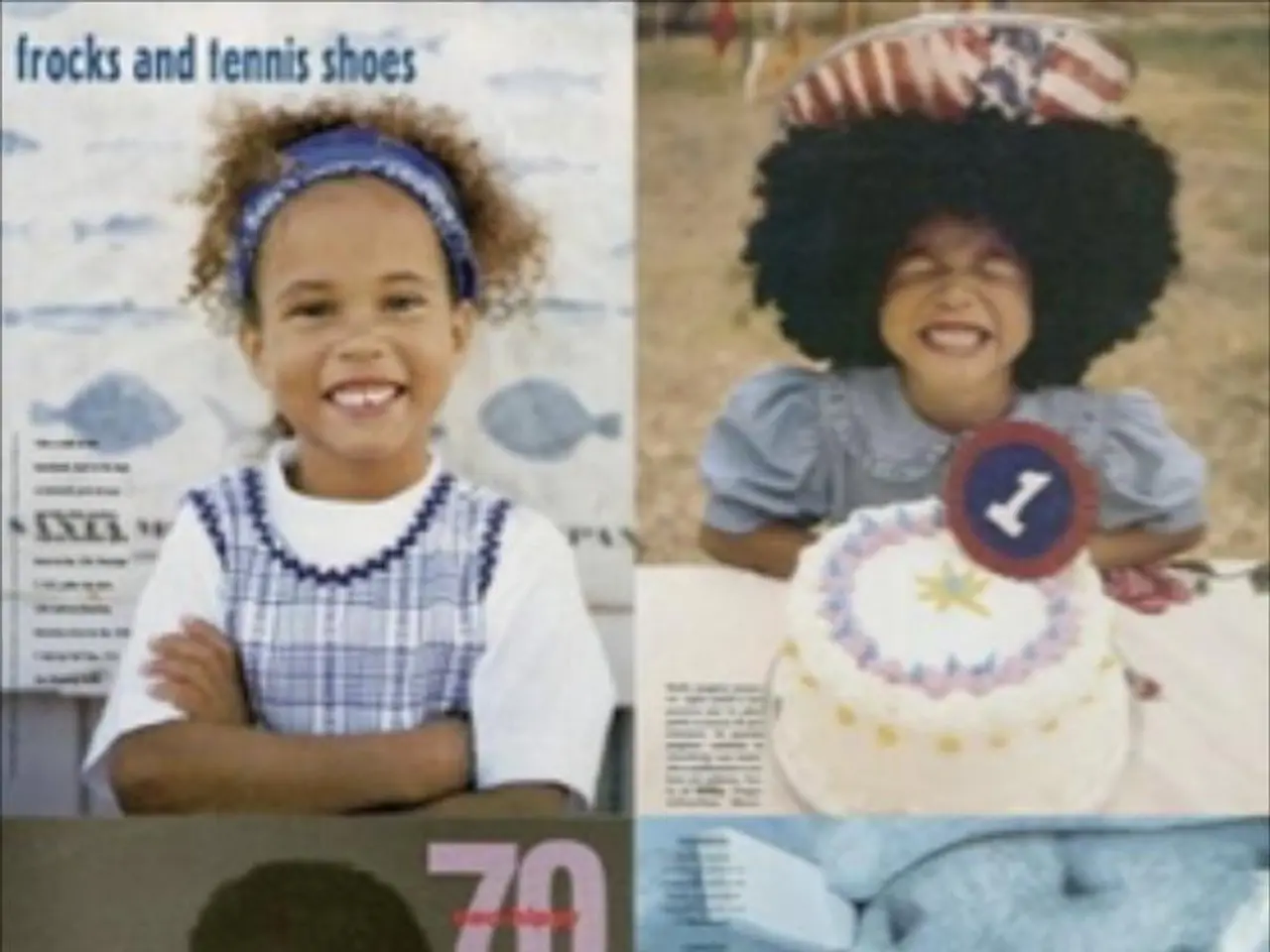Healing childhood trauma by fostering relationships and intimacy, as per the 5 Love Languages approach.
Dealing with the aftermath of childhood trauma can be a challenging journey, often affecting one's relationships in both personal and professional settings. While there is no direct scientific evidence linking Gary Chapman's 5 Love Languages framework to healing from childhood trauma, its principles can provide valuable insights into fostering healthy relationships and emotional connection.
A trauma-affected brain often feels overwhelmed by impulsive emotions, making it crucial to maintain supportive and empathetic communication. The 5 Love Languages, primarily a relationship communication tool, can help individuals express and receive love in ways that resonate with them, thereby improving interpersonal relationships and emotional connection.
Research and approaches in trauma healing emphasize the importance of healthy relationships, empathetic communication, and emotional connection as crucial elements for recovery from childhood trauma. Healthy relationships can improve self-esteem, foster a stronger sense of self, and reduce stress and mental health issues. Trauma-informed adaptations of communication, similar to tailoring love languages, can help support partners with mental health and trauma challenges by recognizing their unique emotional needs.
Therapeutic approaches such as somatic therapy highlight the mind-body connection in trauma healing and suggest that nonverbal communication, including physical touch and presence, may be integral to recovery. This indirectly resonates with some of the 5 Love Languages concepts, such as physical touch and quality time.
In summary, while there is no direct empirical evidence proving the 5 Love Languages as a healing path for childhood trauma, its emphasis on personalized emotional expression aligns with trauma-informed relational practices. The effectiveness in trauma healing would likely be enhanced when integrated with established therapeutic modalities that address trauma’s psychological and physiological impacts.
It is more accurate to view the 5 Love Languages as a practical communication framework that complements trauma therapy rather than as a standalone evidence-based treatment for childhood trauma. Patterns from youth seem to follow into both personal and professional relationships, rooted in early experiences. By understanding and addressing these patterns, individuals can take steps towards healing and building healthier, more fulfilling relationships.
References:
- [Chapman, G. (2015). The 5 Love Languages: The Secret to Love that Lasts. Northfield Publishing.]
- [Chapman, G. (2015). The 5 Love Languages of Teenagers: The Secret to Loving Teens Effectively. Northfield Publishing.]
- [Henderson, A. (2018). The Trauma-Informed Relationship: Building Connection, Resilience, and Healing. Routledge.]
- [Levy, B. J., & Heller, T. A. (2010). Emotional intelligence: Why it can matter more than IQ. Jossey-Bass.]
- [Siegel, D. J. (2016). The Developing Mind: How Relationships and the Brain Interact to Shape Who We Are. Norton.]
- As the journey of healing from childhood trauma often impacts relationships, the empathetic communication principles from the 5 Love Languages can aid in expressing and receiving love effectively, thereby strengthening connections.
- Mental health and wellness are significantly influenced by family dynamics and relationships, making it crucial to address patterns from youth to foster healthier, more fulfilling personal and professional relationships.
- Therapies and treatments for childhood trauma highlights the importance of holistic approaches that consider both the psychological and physiological impacts, resonating with some concepts of the 5 Love Languages such as physical touch and quality time.
- The 5 Love Languages, while not a standalone healing path, offers a practical communication framework complementary to established trauma therapy, providing valuable insights for self-understanding and emotional connection within relationships.




